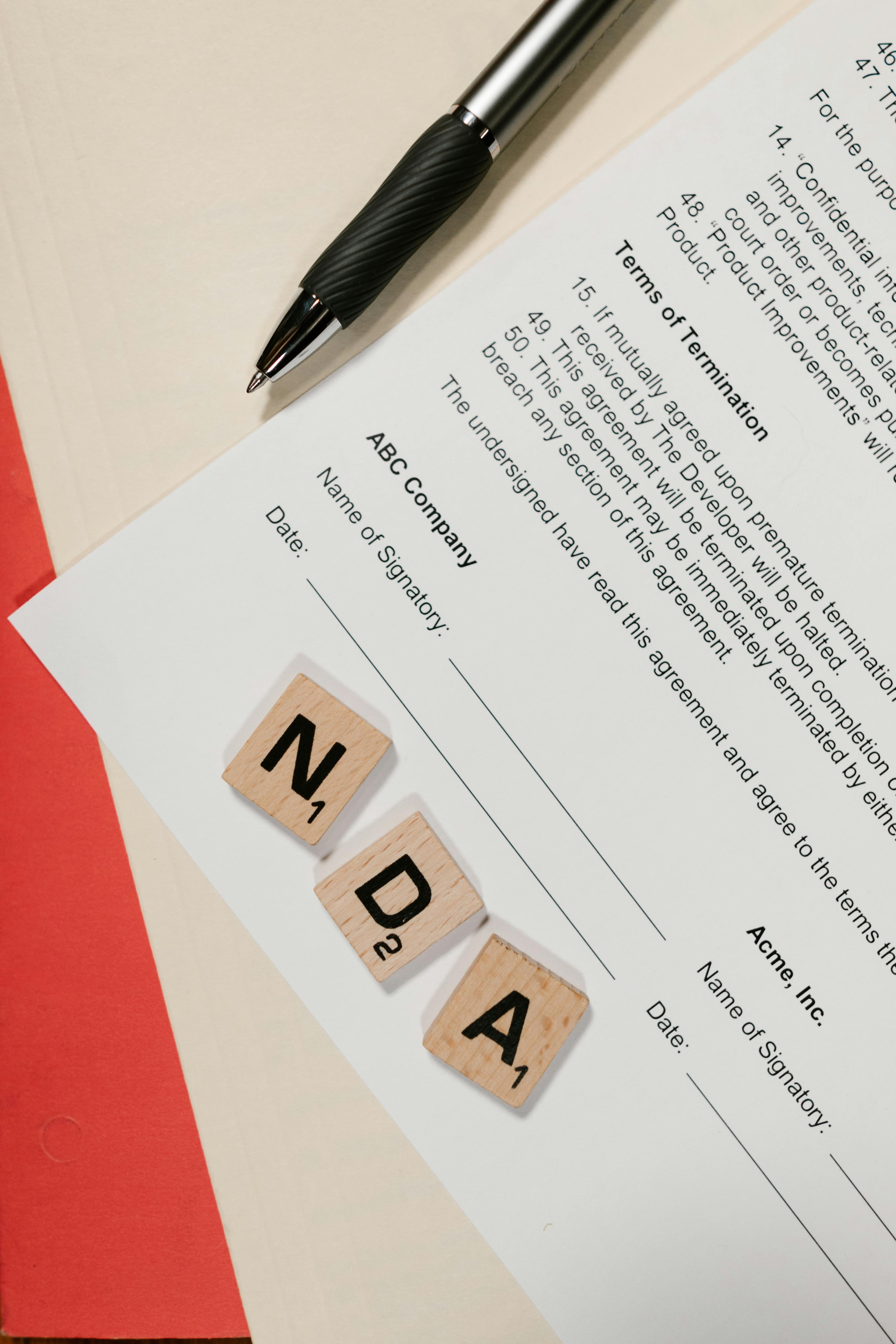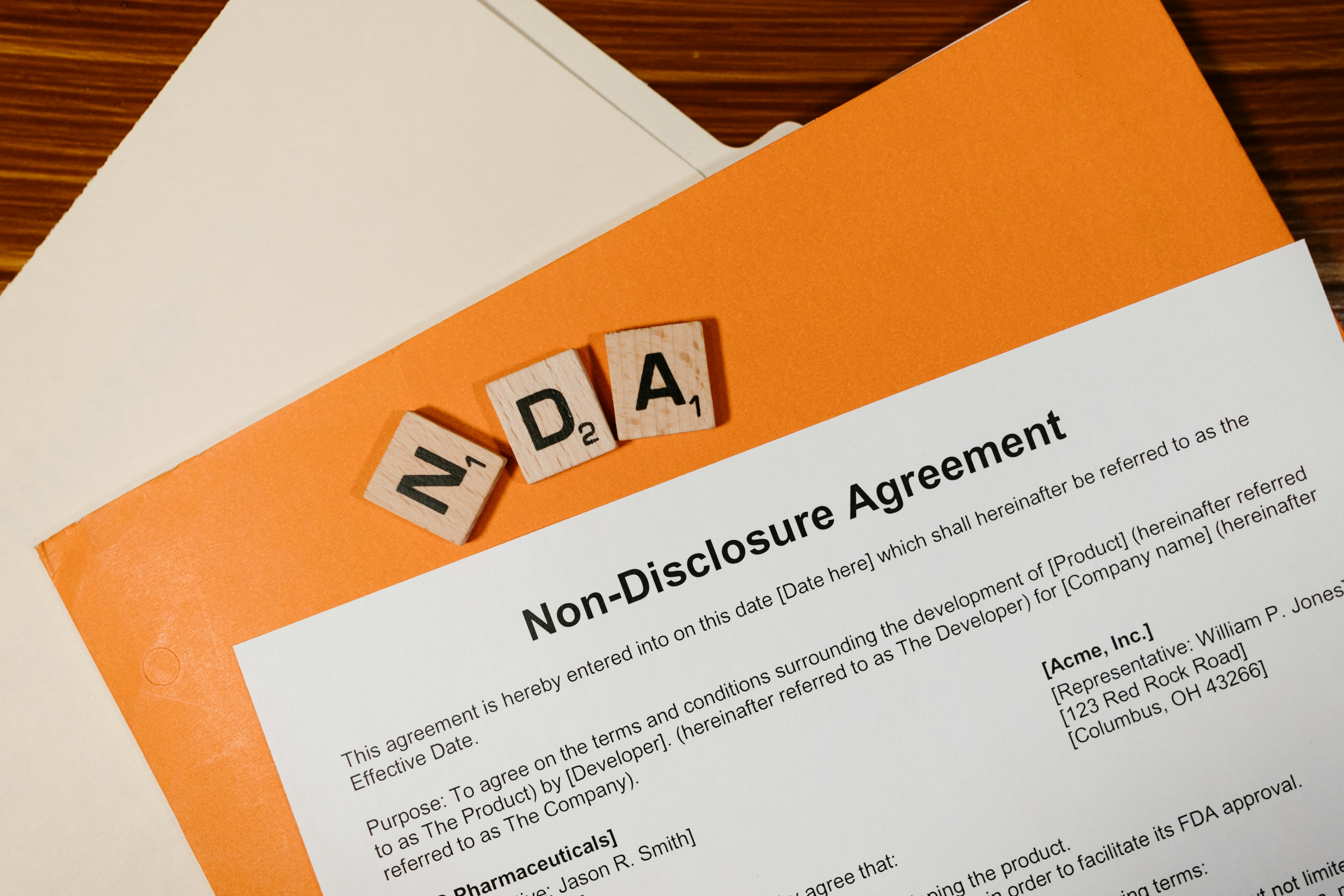What is a Memorandum of Understanding? Why and when do I need one?
A Memorandum of Understanding (“MOU”) document sets out the preliminary terms of a commercial transaction agreed by the parties in the course of negotiations. This is often used to ensure both parties are on the same page as regards the major aspects of the transaction and prevent misunderstandings. It is also known as a heads of term agreement, letter of intent or heads of agreement.
Key elements
- Names of the parties; including contact numbers, companies involved, etc.
- Purpose of the agreement; goals and intentions of the parties; state if parties intend for the MoU to not be legally binding and is subject to a final agreement
- Responsibilities and roles of the parties; the framework of the negotiations, e.g. stages of negotiation and meeting times
- Details of the project; other parties involved, deadlines, a summary of the transaction, key issues
- Non-disclosure, confidentiality clauses
Even though an MOU is essentially “subject to contract/agreement” and hence not legally binding, they may still contain certain binding provisions, such as confidentiality, applicable law, exclusivity, non-solicitation or good faith negotiations, which the parties will have to abide by.
Why is it important?
Having a mutual agreement on the major aspects of the deal prevents likelihood of any misunderstandings and allows for effective communication.
Thus, MOU is particularly important if you are negotiating a complex deal or are engaged in a matter for a long period of time as it will further reduce disagreements when drafting the final agreement.
When do you need it?
They are used in the beginning stages of negotiations, to agree upon preliminary terms before detailed formal and binding agreements are made. Parties can enter into more than one MOU during negotiations, especially if they are lengthy.
In the joint venture context, the joint efforts and possible merger of businesses would take lengthy negotiation and the commercial impacts to all parties involved are possibly huge.
Key takeaway
- A MOU is written in the early stages of negotiation, to outline essential agreed terms, providing a framework and goodwill for future negotiations.
- Generally, MOU’s are not legally binding.
- It is most advantageous for complex and long negotiations, to clarify any issues before the final agreement is drafted.
- To see more on MOU, please click on the FAQ of Business and Contract – Does your business need a Memorandum of Understanding.







